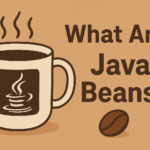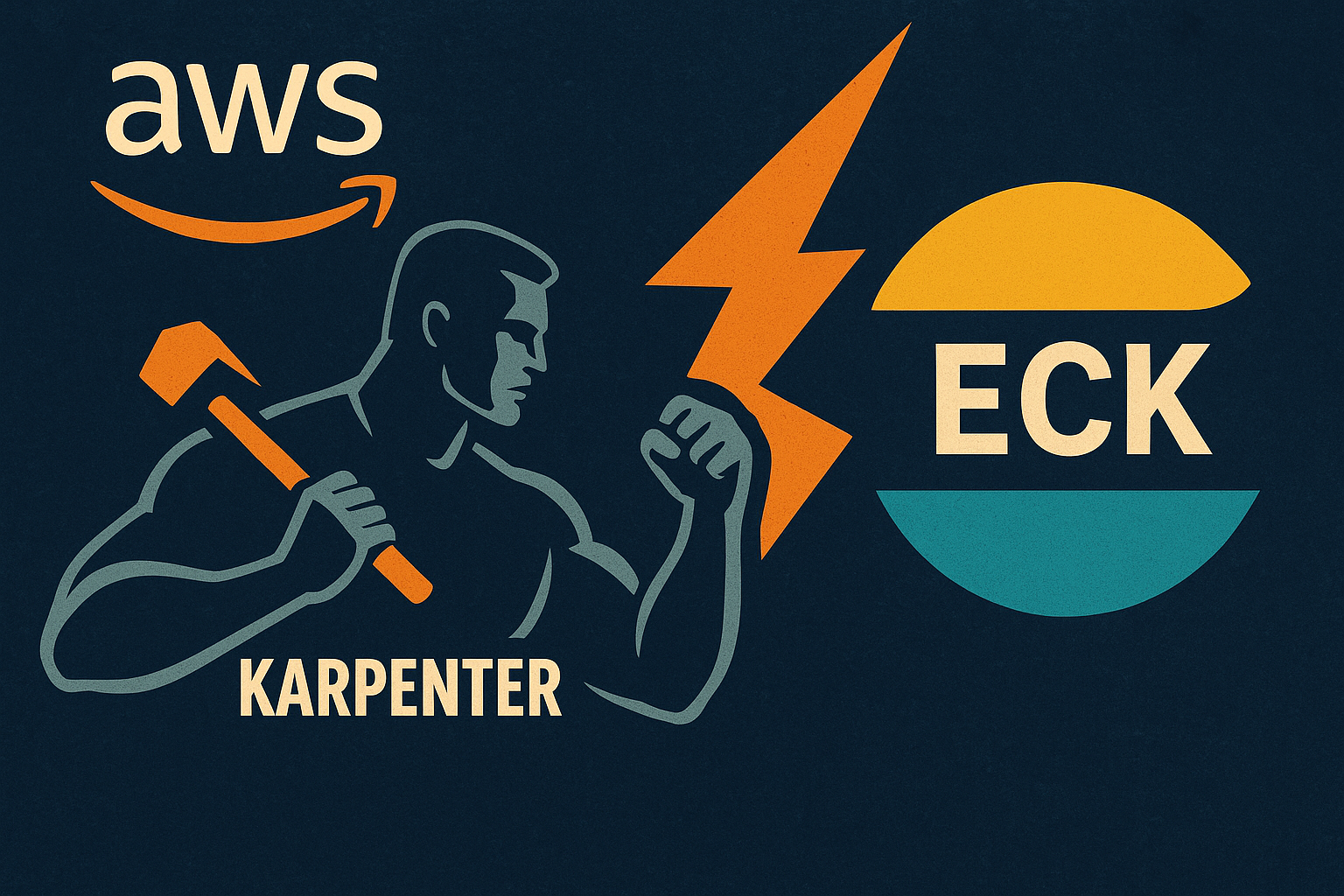What Are Java Beans? ☕
If you’ve ever wondered what Java Beans are, you might be forgiven for picturing a steaming cup of coffee with a sprinkle of syntax sugar. But no — we’re not talking about your morning brew (though the name does make you crave one). JavaBeans are reusable software components in Java. Think of them as little beans of code you can roast, grind, and brew into larger, delicious applications.
So… What’s the Deal with Java Beans? 🌱
A Java Bean is simply a Java class that follows a few conventions:
- It has a no-argument constructor (easy to instantiate, like opening a bag of coffee beans).
- It provides getter and setter methods to access properties (think of it as pouring coffee in and out of your mug).
- It is serializable, meaning you can save its state (like freezing your cold brew for later).
In short, a Java Bean is a standardized way of writing classes so they’re easy to use and integrate into frameworks, tools, and IDEs. Basically, they’re the Starbucks of Java—everywhere and ready to serve.
A Simple Example ☕➡️💻
Here’s a very simple Java Bean that models a CoffeeCup (naturally). This snippet uses Enlighter’s RAW markup so the plugin highlights it:
// CoffeeCup.java
public class CoffeeCup implements java.io.Serializable {
private String roast;
private int ounces;
// No-argument constructor
public CoffeeCup() {}
// Getter and setter for roast
public String getRoast() {
return roast;
}
public void setRoast(String roast) {
this.roast = roast;
}
// Getter and setter for ounces
public int getOunces() {
return ounces;
}
public void setOunces(int ounces) {
this.ounces = ounces;
}
}
Notice how this class is polite — it doesn’t hog resources, it offers getters and setters for everything, and it’s serializable. Like a barista, it’s here to serve.
Quick getter/setter micro-snippet (for Enlighter)
Short and sweet — a tiny bean to nibble on:
public class BeanExample {
private int value;
public BeanExample() {}
public int getValue() { return value; }
public void setValue(int value) { this.value = value; }
}
Why Use Java Beans? 🤔
Why not just write normal classes? You could. But Beans give you:
- Reusability: Beans are portable and reusable — like single-origin beans you can drop into any brew.
- Encapsulation: Properties are controlled through getters/setters, so you don’t spill coffee on your API.
- Framework-friendly: Many Java frameworks (looking at you, Spring) love beans — they’re basically the espresso shot that powers the app.
JavaBeans vs. Coffee Beans ☕ vs. Spring Beans 🌱
Let’s clear up confusion before someone asks for a dependency injection latte:
- Java Beans: Classes with getters, setters, and a no-arg constructor — a coding convention.
- Coffee Beans: Roasted seeds of Coffea plants, responsible for your heroic late-night debugging sessions.
- Spring Beans: Objects managed by the Spring IoC container — think of them as barista-crafted beverages assembled on demand.
If someone says they’re “working with beans”, make sure you know whether they’re coding or brewing. Either way, it’ll probably keep them up late.
Wrapping It Up (Like a Bag of Beans)
Java Beans might not be glamorous, but they’re foundational. They make your code reusable, organized, and framework-ready. They don’t come with caffeine, but they might keep you awake by saving you debugging time — which, let’s be honest, is just as important. ☕💻
Stay caffeinated, stay coded. One getter at a time.



